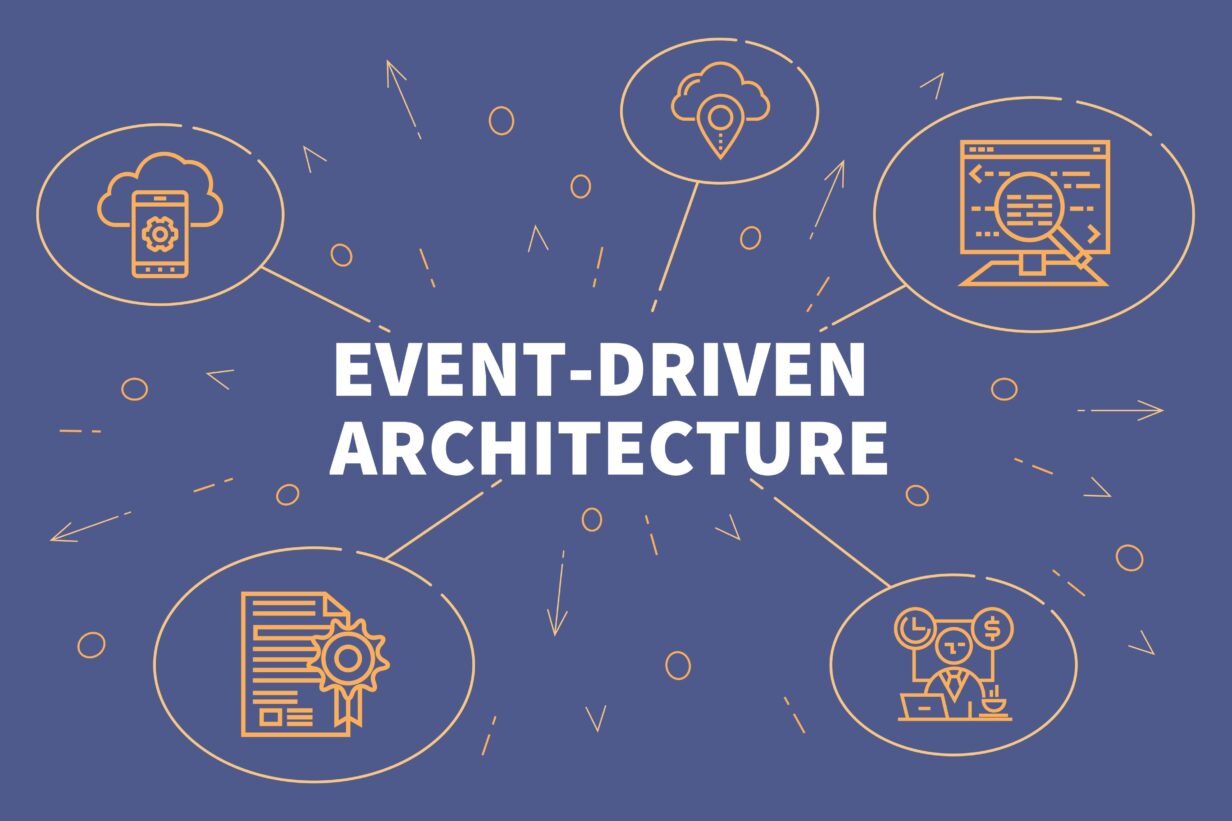
As a software engineer, I’ve had the opportunity to work on a wide variety of projects, each with its unique set of requirements and architectural challenges. Over the years, I’ve observed a growing interest in moving away from the traditional API-driven architectures to embrace event-driven architectures, primarily for their ability to scale and prevent data loss. In this article, I will delve into the key differences between API-driven and event-driven architectures, discuss the benefits of message queues, and explain how they help scale applications and prevent data loss.
API-Driven vs. Event-Driven Architecture
API-driven architecture involves direct communication between components of an application, often using HTTP or other protocols, to request and send data. This approach has been widely adopted in the world of microservices, where different services interact with each other using well-defined APIs. However, as the number of services grows, the complexity of managing these interactions can become overwhelming, leading to scalability issues and potential data loss.
In contrast, event-driven architecture is based on the idea of asynchronous communication between components, triggered by events. Components (or services) in this architecture emit events to a message queue, while other components subscribe to the queue and act upon these events. This loose coupling of components allows for greater flexibility, as it enables the system to adapt to changes more easily.
Benefits of queues over APIs
- Scalability: Message queues act as a buffer between components, allowing them to process requests at their own pace. This alleviates the pressure on individual components and enables the system to scale horizontally by adding more instances of the same service. In an API-driven architecture, direct communication between services can lead to bottlenecks, hindering the overall scalability.
- Resilience: Message queues can retain messages even in case of temporary service outages or high latency. This ensures that important data is not lost, and services can resume processing once they’re back online. In an API-driven architecture, a service failure could lead to data loss if there is no proper error handling in place.
- Decoupling: In an event-driven architecture, services are only concerned with the events they emit or consume, and are not aware of the specific components that produce or consume these events. This loose coupling allows for easier changes and upgrades to individual services, without affecting the entire system.
- Improved fault tolerance: Message queues can be configured to provide retries, dead-letter queues, and other mechanisms to handle failures, ensuring that the system remains robust in the face of errors. In contrast, API-driven architectures may require more complex error-handling mechanisms to avoid data loss or system failure.
Azure Service Bus: A Reliable Message Queue Solution
Azure Service Bus is a fully managed, enterprise-grade message queuing service that offers a wide array of features to support the event-driven architecture paradigm. It provides a reliable and scalable platform for asynchronous communication between services, making it an excellent choice for applications looking to leverage the benefits of message queues.
Some key features of Azure Service Bus include:
- Multiple messaging patterns: It supports both point-to-point (queues) and publish-subscribe (topics) messaging patterns, providing flexibility in designing your application’s communication.
- Security: Azure Service Bus offers built-in support for authentication and authorization, ensuring that your messages are secure at all times.
- Monitoring and diagnostics: The service provides rich monitoring and diagnostic capabilities, making it easier to track and troubleshoot issues in your messaging infrastructure.
Summary
Event-driven architecture, with its focus on asynchronous communication using message queues, offers a compelling alternative to traditional API-driven architecture. By
embracing message queues, you can achieve greater scalability, resilience, decoupling, and improved fault tolerance in your applications. This shift in architectural approach can help prevent data loss and enhance the overall performance and maintainability of your system.
Azure Service Bus is a robust and reliable message queue solution that supports the needs of modern, event-driven applications. Its comprehensive feature set, security, and monitoring capabilities make it an ideal choice for developers looking to harness the benefits of message queues in their applications.
In conclusion, if you’re planning to build a scalable and resilient application, it’s worth considering the event-driven architecture and leveraging a powerful message queue solution like Azure Service Bus. This approach can help you overcome the challenges associated with API-driven architectures, ultimately leading to more efficient and maintainable systems.
Are you planning to implement a message queue solution or have any questions regarding event-driven architecture, .NET development, or infrastructure design? Don’t hesitate to reach out! As a lead software engineer with extensive experience in these areas, I’d be more than happy to provide expert guidance and consultancy to help you achieve your goals.

Comments: 2
Another great article, thanks for sharing!
Good article Alex. Very informative and helpful.